Emergence of New Creative Industries
The emergence of new creative industries is a notable driver of the Computational Creativity Market. As technology evolves, new sectors such as virtual reality, augmented reality, and interactive media are gaining prominence. These industries rely heavily on computational creativity to develop engaging content and experiences. Market projections indicate that the AR and VR sectors alone could reach a valuation of over 200 billion dollars by 2025, underscoring the demand for innovative creative solutions. This growth is prompting traditional creative industries to adapt and integrate computational creativity into their workflows. Consequently, the Computational Creativity Market is witnessing a diversification of applications, catering to a wide array of creative needs across various emerging sectors.
Advancements in Artificial Intelligence
The rapid advancements in artificial intelligence technologies are driving the Computational Creativity Market. AI algorithms are becoming increasingly sophisticated, enabling machines to generate creative content that rivals human capabilities. For instance, AI-generated art and music have gained traction, with market estimates suggesting a growth rate of over 25% annually. This surge is attributed to the increasing demand for innovative solutions across various sectors, including entertainment, advertising, and design. As businesses seek to enhance their creative processes, the integration of AI tools is becoming essential. The Computational Creativity Market is thus witnessing a paradigm shift, where AI not only assists but also collaborates with human creators, leading to unprecedented levels of creativity and efficiency.
Growing Demand for Personalized Content
The growing demand for personalized content is significantly influencing the Computational Creativity Market. Consumers increasingly expect tailored experiences, prompting businesses to leverage computational creativity to meet these expectations. Data indicates that personalized marketing campaigns can yield conversion rates up to six times higher than traditional methods. As a result, companies are investing in AI-driven tools that can analyze consumer behavior and generate customized content at scale. This trend is particularly evident in sectors such as e-commerce and digital media, where personalized recommendations and targeted advertising are becoming the norm. The Computational Creativity Market is thus evolving to accommodate this shift, with a focus on developing technologies that enhance personalization and engagement.
Rise of Collaborative Creativity Platforms
The rise of collaborative creativity platforms is reshaping the landscape of the Computational Creativity Market. These platforms facilitate teamwork among creators, allowing individuals to co-create and share ideas seamlessly. The increasing popularity of remote work and digital collaboration tools has accelerated this trend, with many organizations seeking to harness collective creativity. Market analysis suggests that platforms enabling collaborative creativity are experiencing significant growth, with user engagement rates rising sharply. This shift not only enhances the creative process but also democratizes access to creative tools, enabling a broader range of individuals to participate in creative endeavors. The Computational Creativity Market is thus adapting to this collaborative ethos, fostering environments where creativity can flourish.
Integration of Computational Creativity in Education
The integration of computational creativity in educational settings is emerging as a key driver for the Computational Creativity Market. Educational institutions are increasingly adopting AI tools to foster creativity among students, enhancing learning experiences through innovative approaches. Research indicates that students exposed to creative technologies demonstrate improved problem-solving skills and higher engagement levels. This trend is reflected in the growing number of educational programs that incorporate AI-driven creative tools, which are designed to stimulate critical thinking and collaboration. As educational stakeholders recognize the importance of creativity in the 21st-century skill set, the Computational Creativity Market is likely to expand, providing a range of solutions tailored for educational purposes.
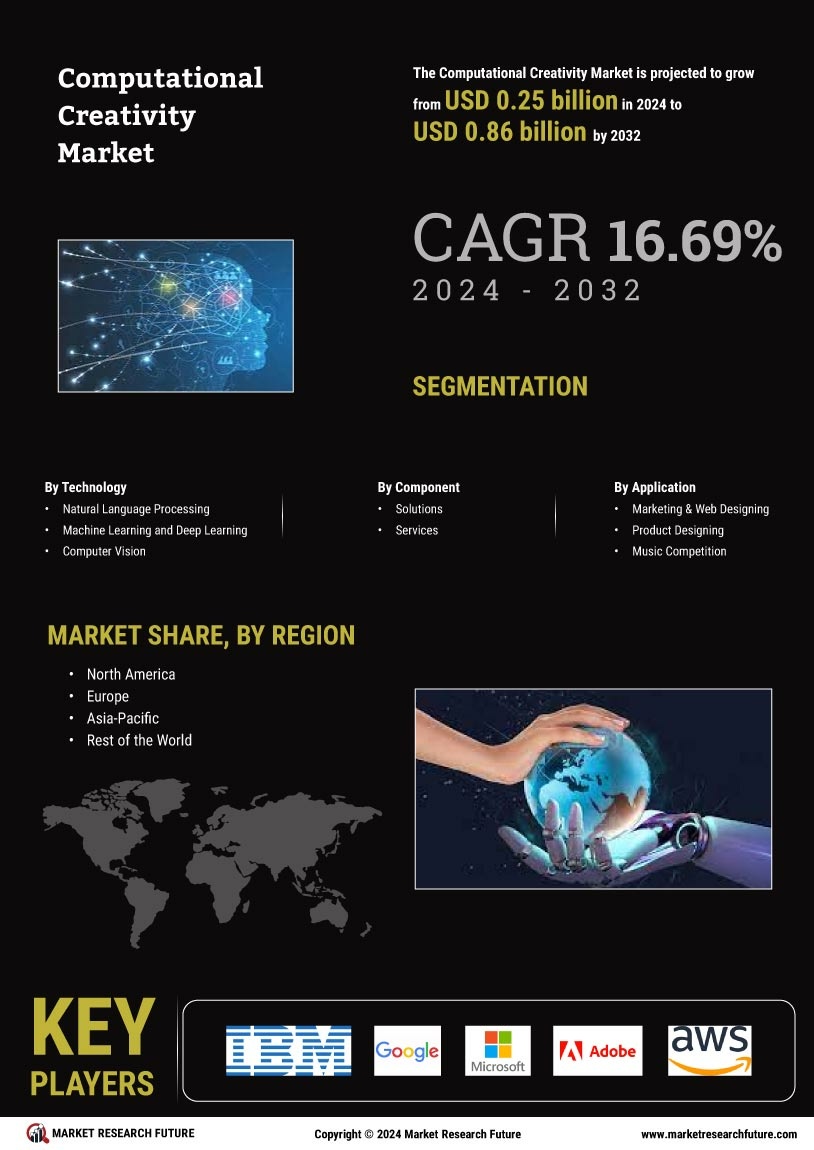

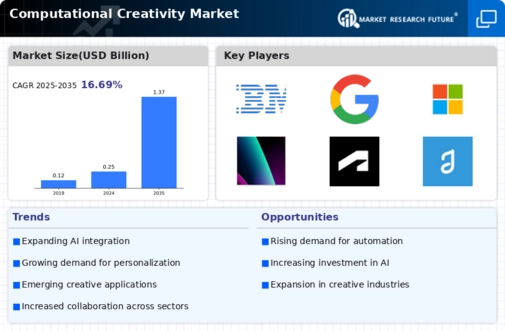
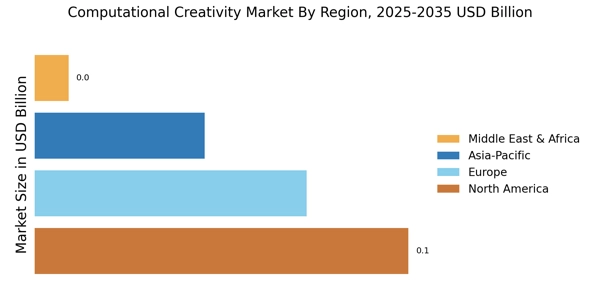
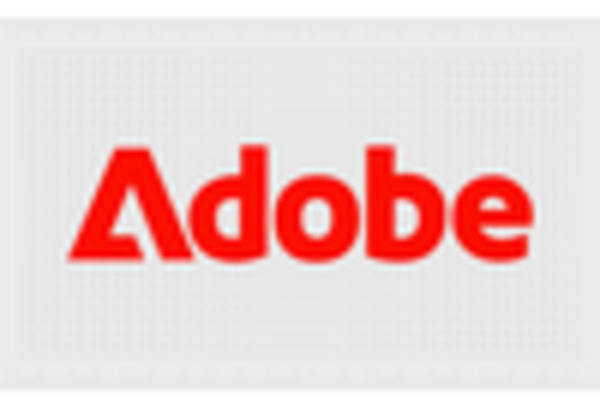
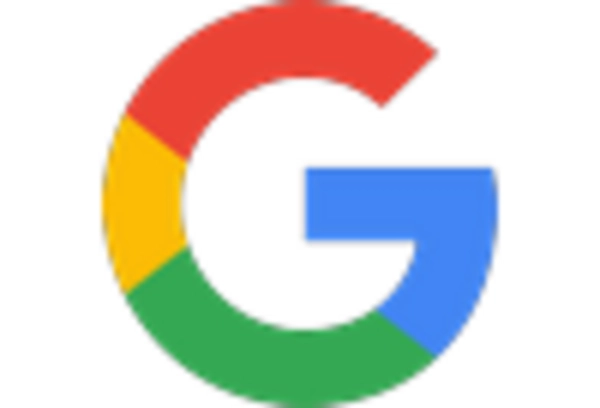


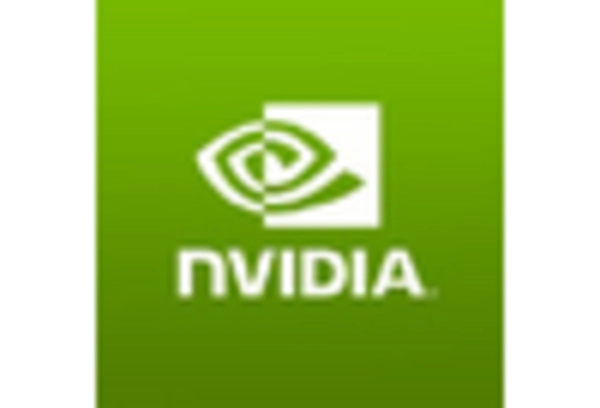
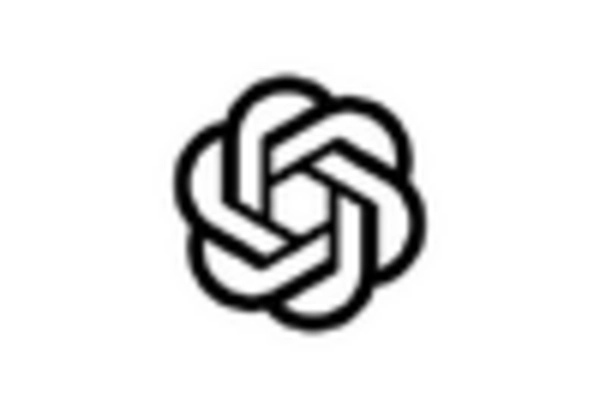








Leave a Comment